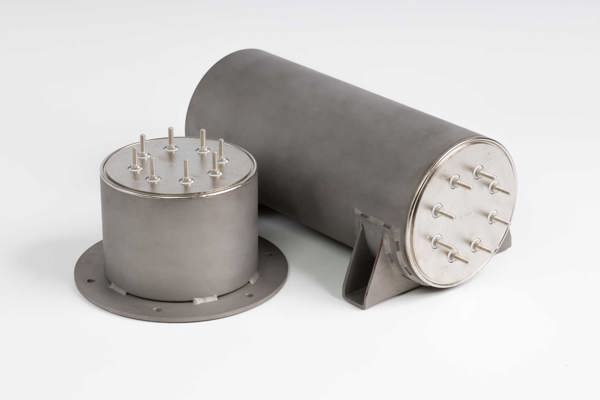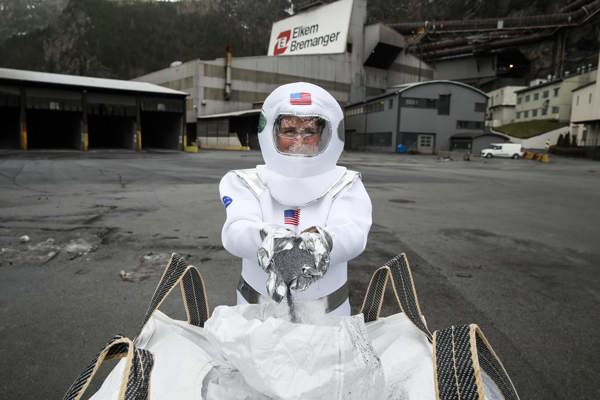- Advanced Manufacturing & Industrial
- Extreme environments: Sustainable material solutions for multiplanetary applications
Extreme environments: Sustainable material solutions for multiplanetary applications
Elkem has had a global presence both in terms of production, employees and customer base since its inception more than 100 years ago.
The company has, among other things, close to 7.000 employees worldwide, with 29 production sites and a number of processing units and sales offices.
Often referred to as a player across the planet, Elkem’s mission is to provide advanced material solutions shaping a better and more sustainable future, adding value to our stakeholders – globally.
Some of our advanced solutions have, however, also found their way to become critical input factors on applications used beyond planet Earth.
Did you know that Elkem’s specialty silicon powder product Silgrain® has been a part of several NASA missions?
Expectational requirements to technology and materials
Following lift-off on July 30 2020, the fifth NASA mission to Mars successfully touched down in the Jezero Crater on 18 February 2021, at 20.55 UTC.
The Perseverance rover’s main task is to seek for signs of ancient life and collect samples for a possible future return to Earth.
But for this to happen and the expedition to start, a number of pieces in a large puzzle had to be put in place.
According to NASA, the road to the launch pad is nearly as daunting as the journey to Mars. Before the countdown starts and the launch engines ignite, a craft must be built that can handle both the arduous trip and complete the science mission once it arrives.
The requirements from planning, technology and materials are nothing less than exceptional.
The landing: “Six minutes of terror”
The landing is considered to be among the most complicated elements of the whole expedition.
“One colleague describes the entry, descending and landing as “six minutes of terror”, NASA’s Dr. Firouz Naderi commented in connection with a previous Mars expedition.
In the first phase of the descent, friction with the atmosphere is used to slow the vessel before a parachute opens and slows the spacecraft down to “only” 321 kilometres per hour, according to Naderi.

“Now, the retro rockets fire to bring the spacecraft down to zero velocity, and we're the height of a four-story building above the surface”, Naderi commented.
This is also where Elkem’s unique specialty silicon powder product Silgrain® has its role, when the landing rockets ignite by full power release of the thermal battery, which contains Silgrain®.
The batteries are only used once, but must in return be 100 percent reliable.
Relief following touch down
The speciality product is used in the thermal battery pack of the rover’s landing system, through our partner EaglePicher, which is a leading provider of battery solutions for U.S. space missions.
Production manager Elin Stubhaug at Elkem Bremanger watched the live broadcast at the time of landing.
“It was of course very exciting to watch, and a relief when everything went well, and the rover landed safely. It is also great that we are able to play a small but important part of a large and advanced project, with such high-quality requirements”, Stubhaug commented.
EaglePicher’s non-rechargeable thermal batteries were also previously successfully used on the landing systems of the Mars Spirit, Opportunity and Curiosity rovers and the InSight lander.

Elkem is proud of its long-term relationship with EaglePicher, which is taking Silgrain® far beyond terrestrial boundaries in the pursuit of knowledge about one of Earth’s closest planetary neighbours.
We wish the Perseverance rover best of luck with the further exploration of the “Red Planet”.
Cover photo byline: NASAJPL-Caltech